Feline resorptive lesions (FRLs), formerly known as feline odontoclastic resorptive lesions (FORLs), are a common dental problem in cats. These painful lesions can lead to significant discomfort and health issues if left untreated. Our Wales Animal Clinic team helps you understand the signs, causes, and treatment options for FRLs to ensure your feline companion remains healthy and pain-free.
Feline resorptive lesions: An overview
Feline resorptive lesions are areas of tooth resorption that start at a tooth’s root and progress toward the crown. This process erodes the dentin, or the tissue underneath the tooth enamel, often resulting in the loss of the affected tooth. FRLs can occur on any tooth but are most commonly found on the premolars of the lower jaw and the molars. Lesions are estimated to occur in more than 53 percent of adult cats.
Feline resorptive lesion signs
Detecting FRLs can be challenging, especially in the early stages, because cats are adept at masking pain. However, signs include:
- Drooling — Excessive drooling can signify the oral discomfort associated with resorptive lesions.
- Difficulty eating — Cats with FRLs may chew on one side of their mouth, drop food, or refuse to eat hard kibble.
- Oral bleeding — Blood in a cat’s mouth or on their food and toys can indicate FRLs.
- Bad breath — Halitosis is one of the more common signs of dental issues in cats.
- Behavioral changes — Cats may become irritable or withdrawn because they are in pain.
- Visible lesions — In advanced cases, red or inflamed gums around the affected tooth may be present.
Causes and risk factors of resorptive lesions in cats
The exact cause of FRLs is not fully understood, but several factors may contribute to their development, including:
- Age — Older adults and senior cats are more prone to developing FRLs.
- Genetics — Some breeds, such as Siamese and Persian cats, are genetically predisposed to developing FRLs.
- Diet — Diets high in acidic or processed foods may contribute to lesion development.
- Inflammation — Chronic gingivitis and periodontal disease can increase the risk of FRLs.
Feline resorptive lesion diagnosis
Our Wales Animal Clinic veterinarian diagnoses resorptive lesions by performing a thorough oral examination. Dental X-rays under anesthesia are usually necessary to identify the extent of the lesions, since many occur below the gumline and are not visible during a routine oral exam.
Treatment options for feline resorptive lesions
Treatment for FRLs typically involves addressing the pain and preventing further damage. Our team provides the following treatment methods:
- Tooth extraction — The most common treatment for FRLs is extraction of the affected tooth or teeth. This procedure is performed under anesthesia, during which our veterinarian assesses the oral cavity for other dental problems, including periodontal disease and tooth decay.
- Pain management — Postoperative pain management is crucial to ensure the cat’s comfort during recovery.
- Oral care — Regular dental cleanings performed by our team and at-home oral care, including daily toothbrushing, can help prevent the development of new lesions.
Preventing resorptive lesions in cats
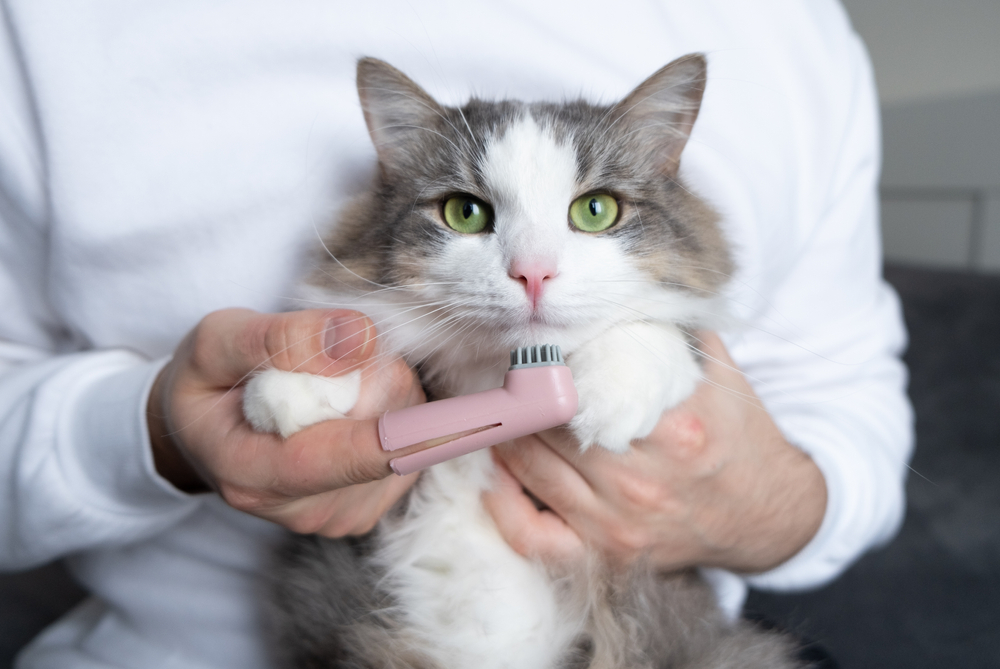
While it may not be possible to completely prevent FRLs, there are steps you can take to reduce the risk your cat will develop them. These include:
- Dental exams and cleaning — Schedule annual dental exams and professional cleanings with our veterinary team to catch any issues early.
- Oral hygiene — Brush your cat’s teeth daily, or at least several times a week, with feline-friendly toothpaste and provide dental treats or toys designed to reduce plaque.
- Balanced diet — Feed your cat a balanced diet that promotes dental health. Discuss any dietary changes or supplements that could help your whiskered friend with our veterinarian.
Feline resorptive lesions are a severe dental issue that can cause your cat significant pain and discomfort. Regular checkups and a proactive approach to dental care are key to preventing and managing them, allowing your feline friend to enjoy a pawsitively happy, healthy life.
Schedule a dental exam with our Wales Animal Clinic team if you suspect your cat has pain or dental issues.


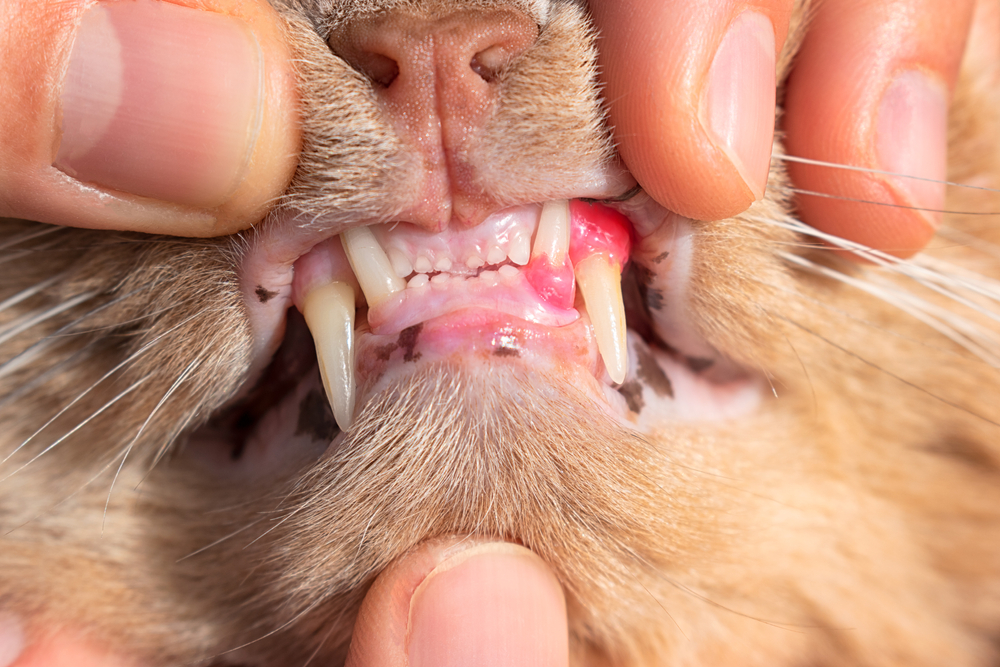
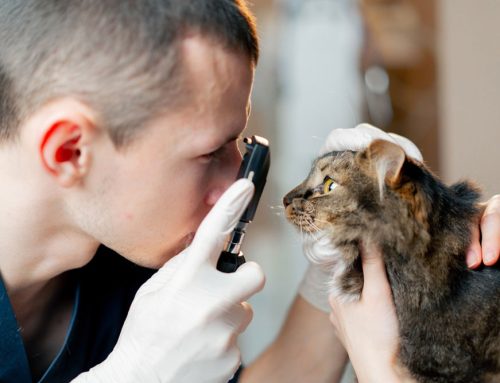
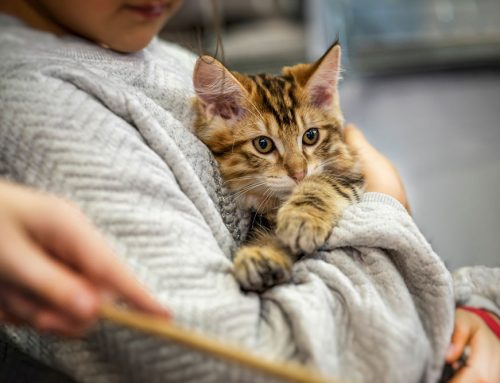

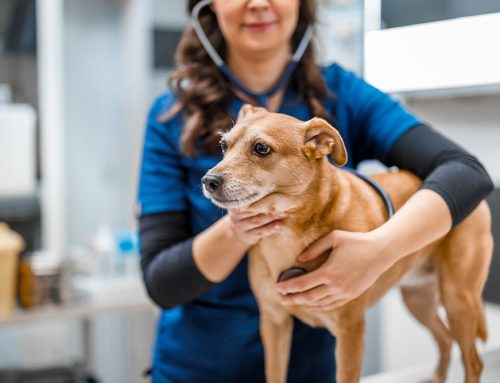
Leave A Comment